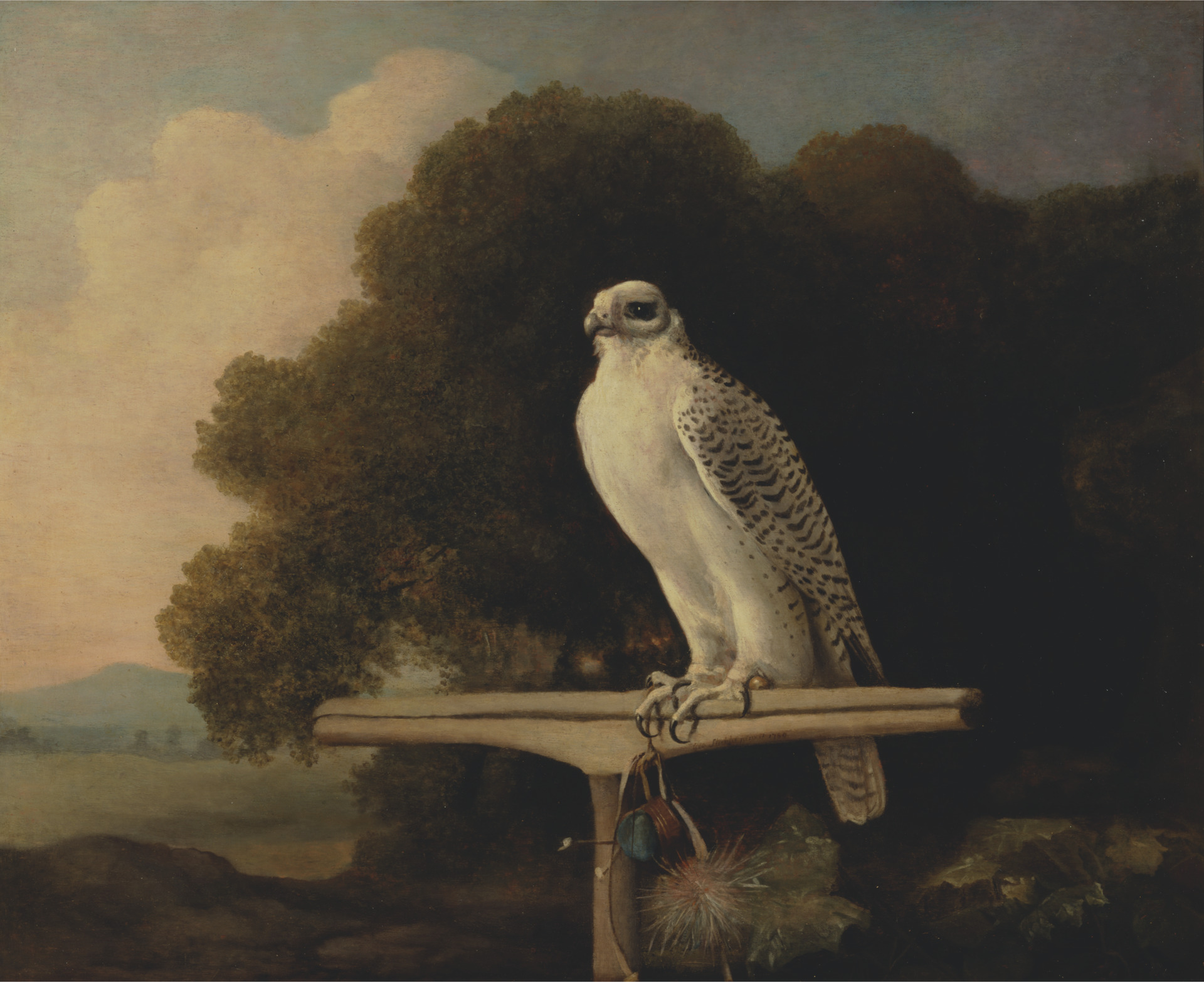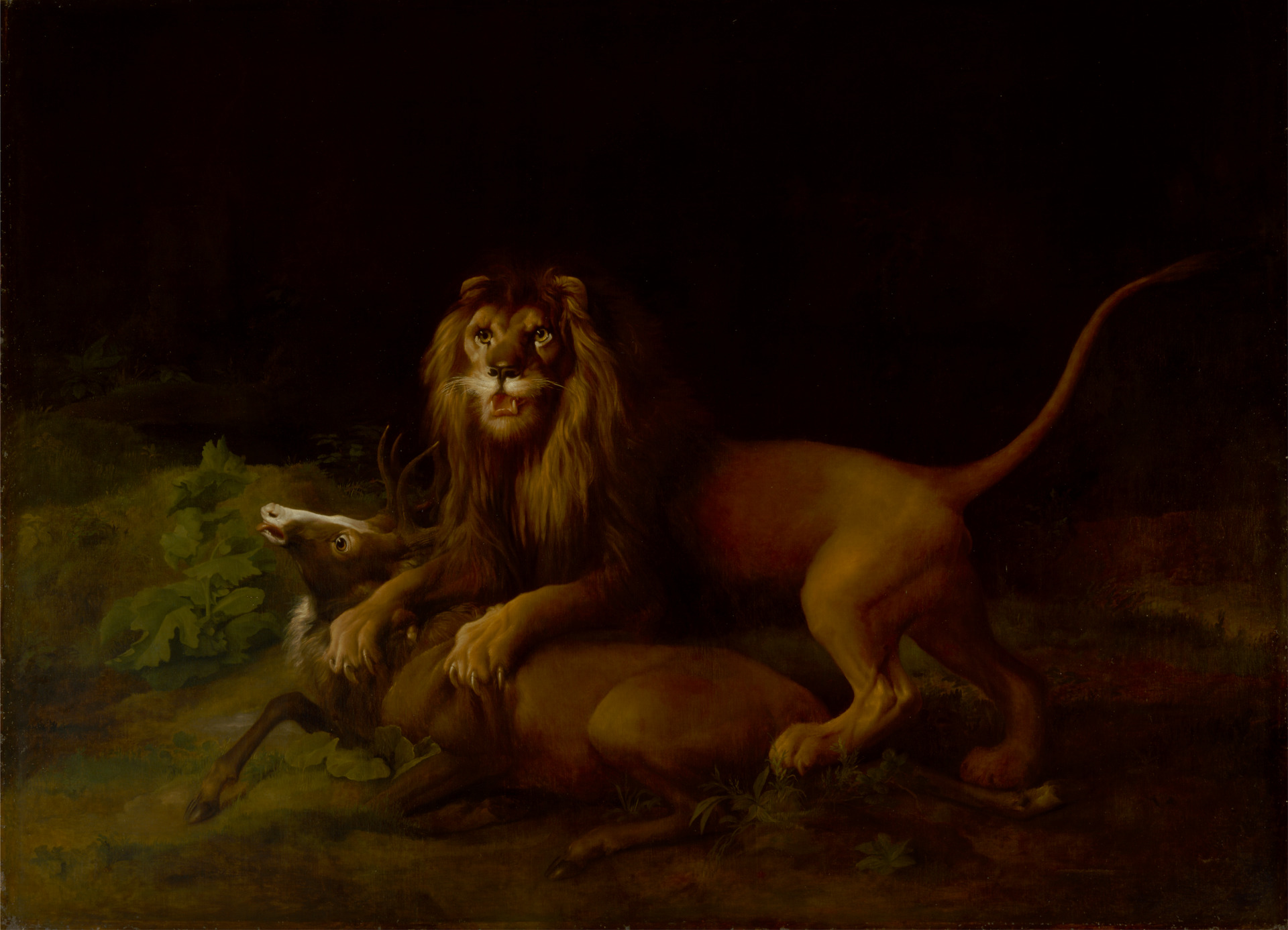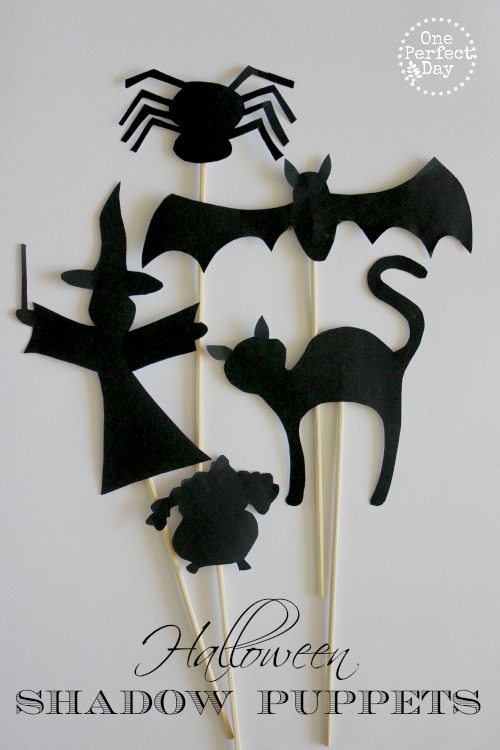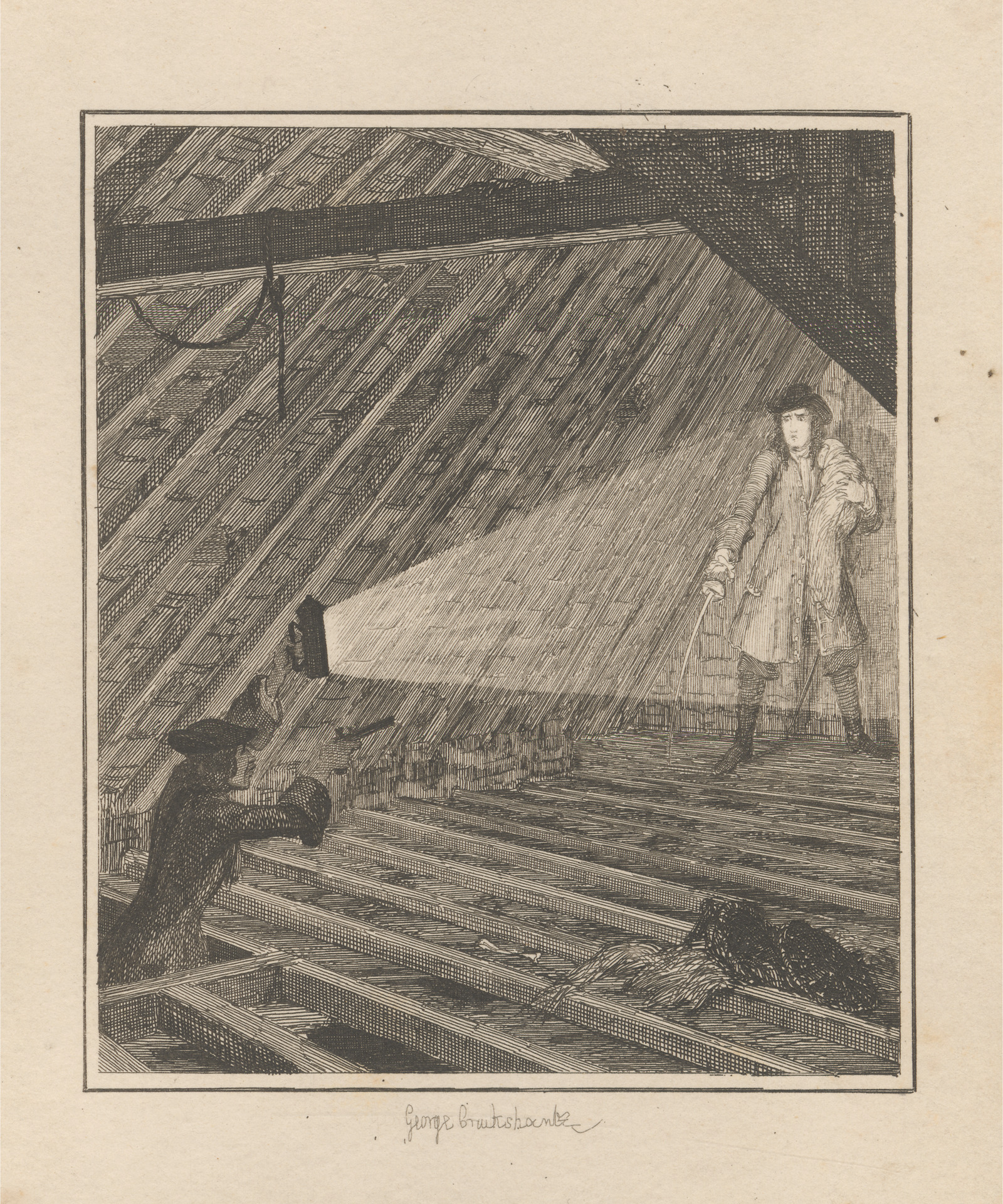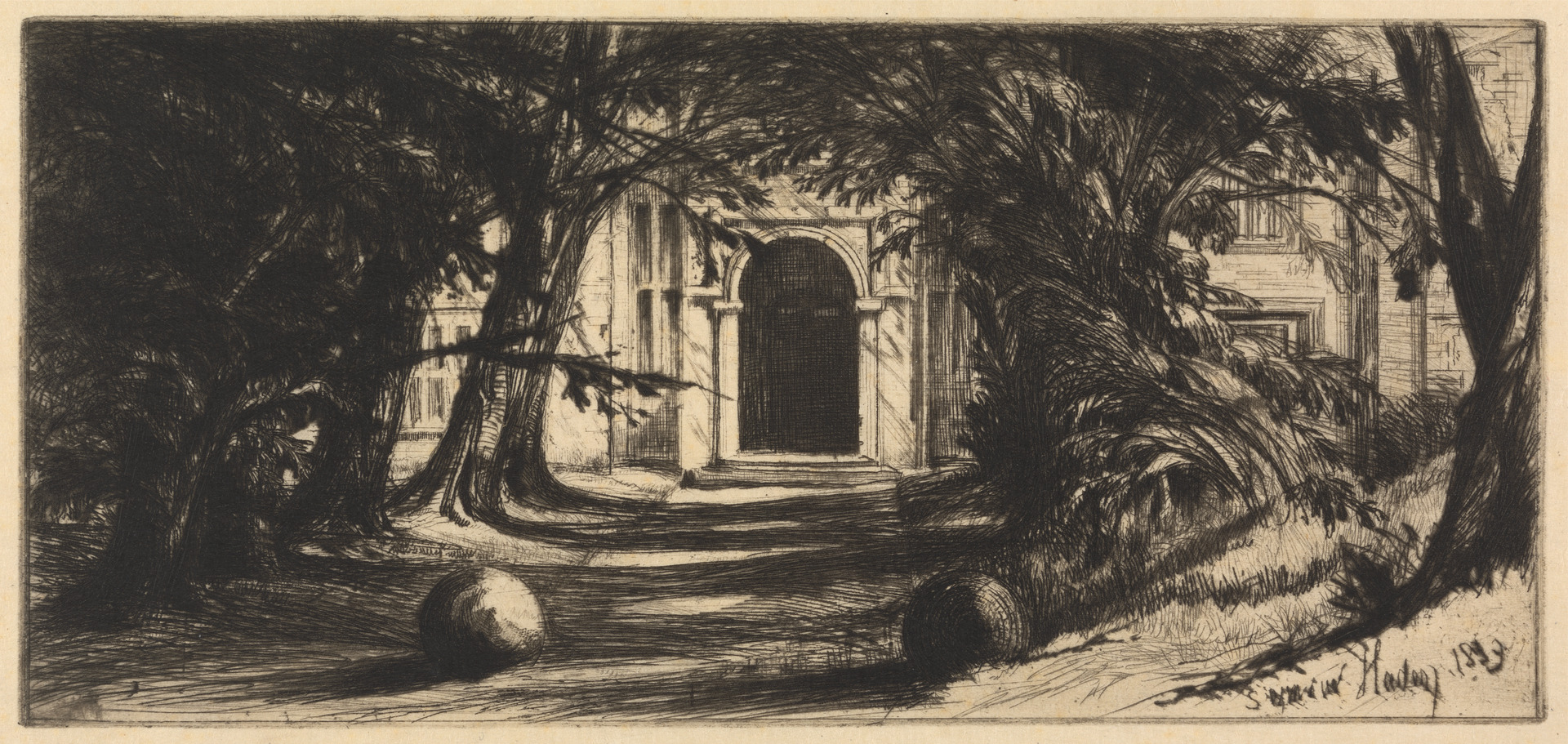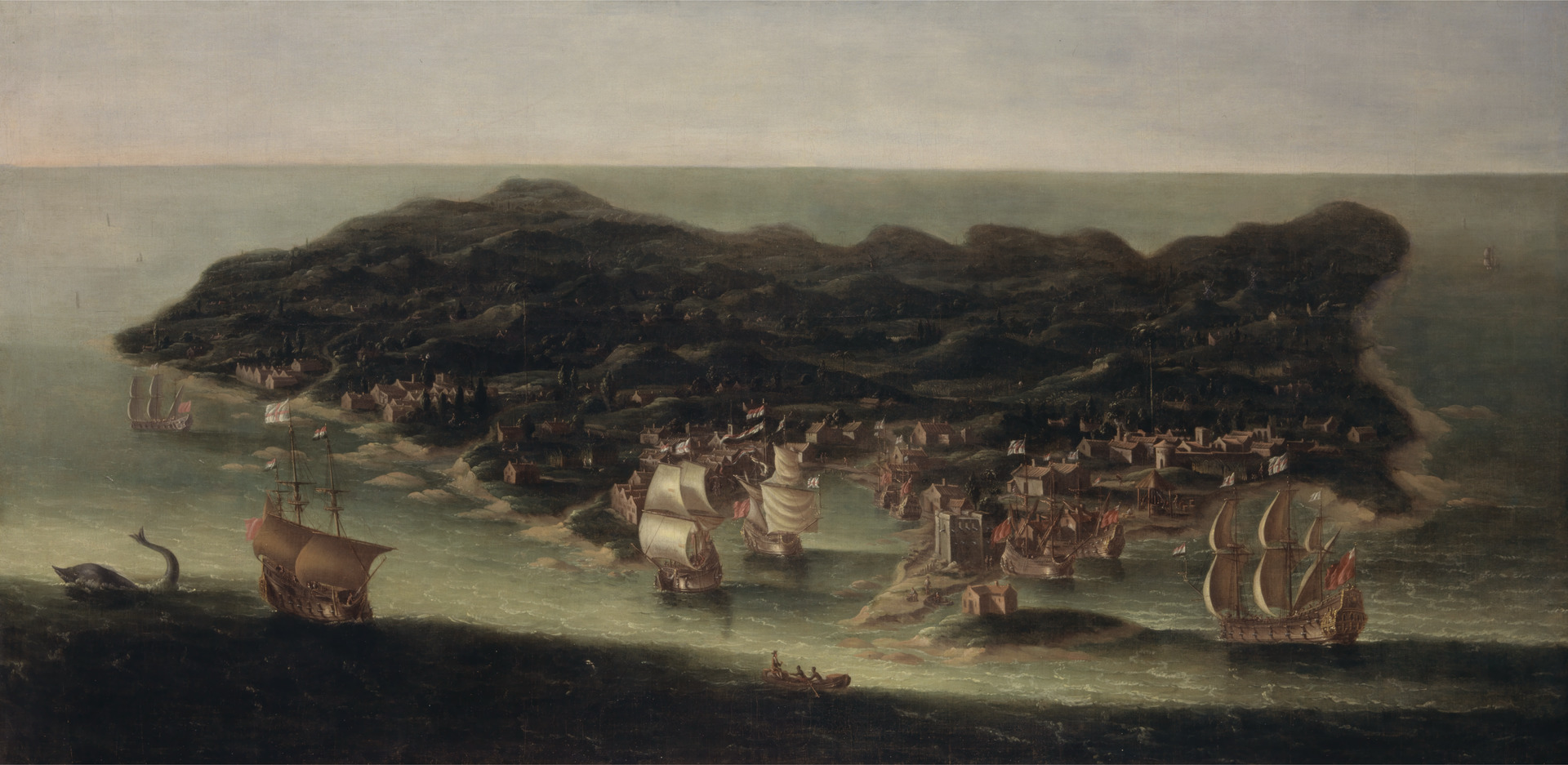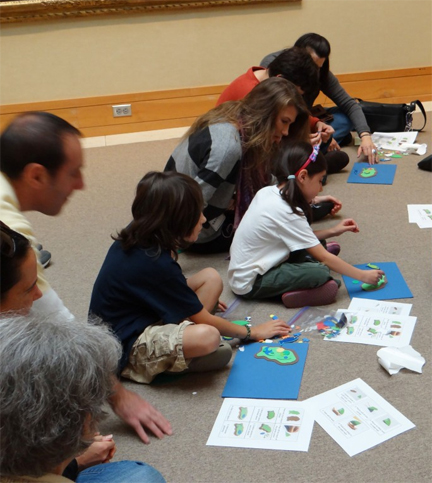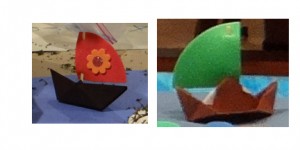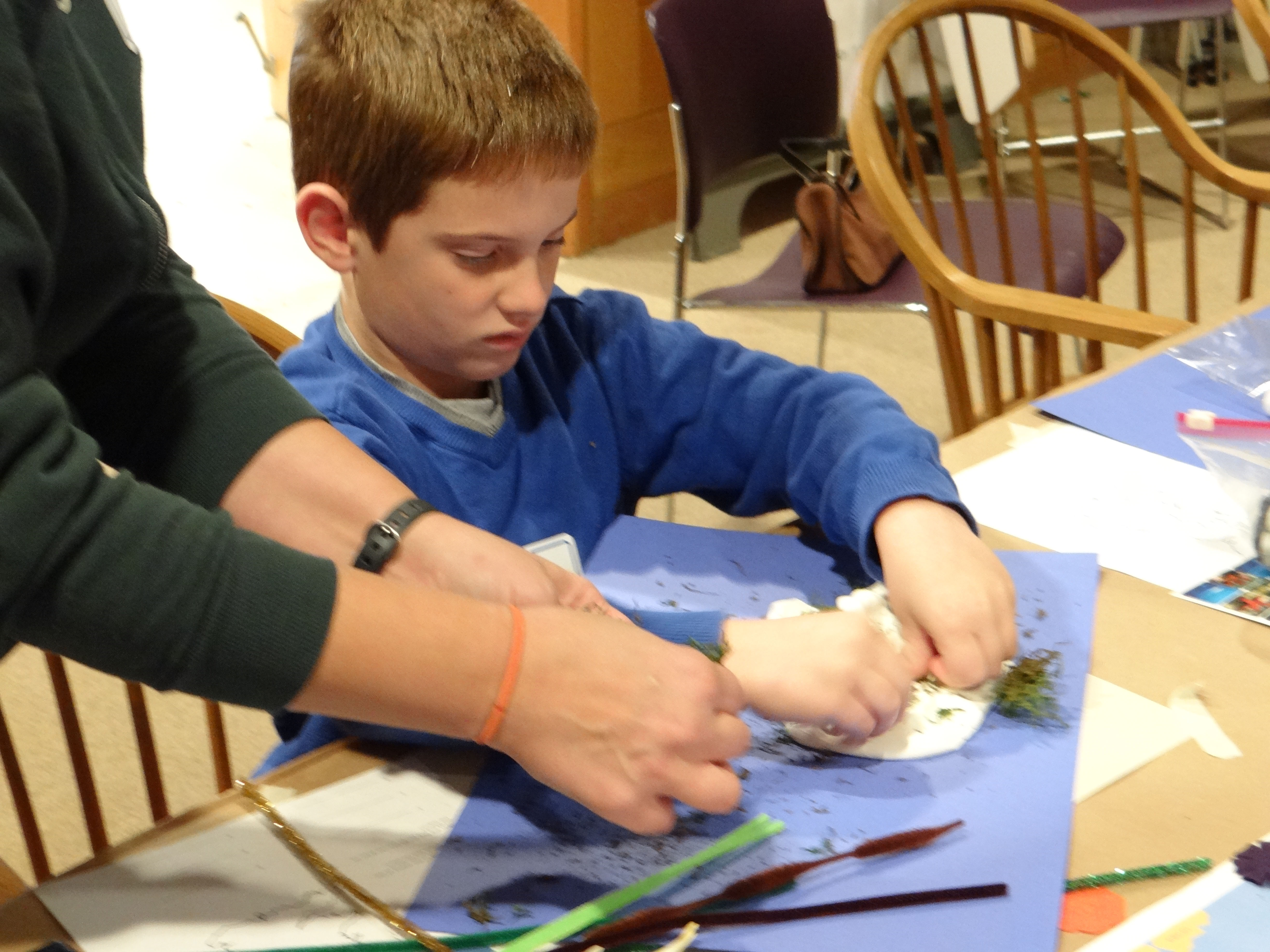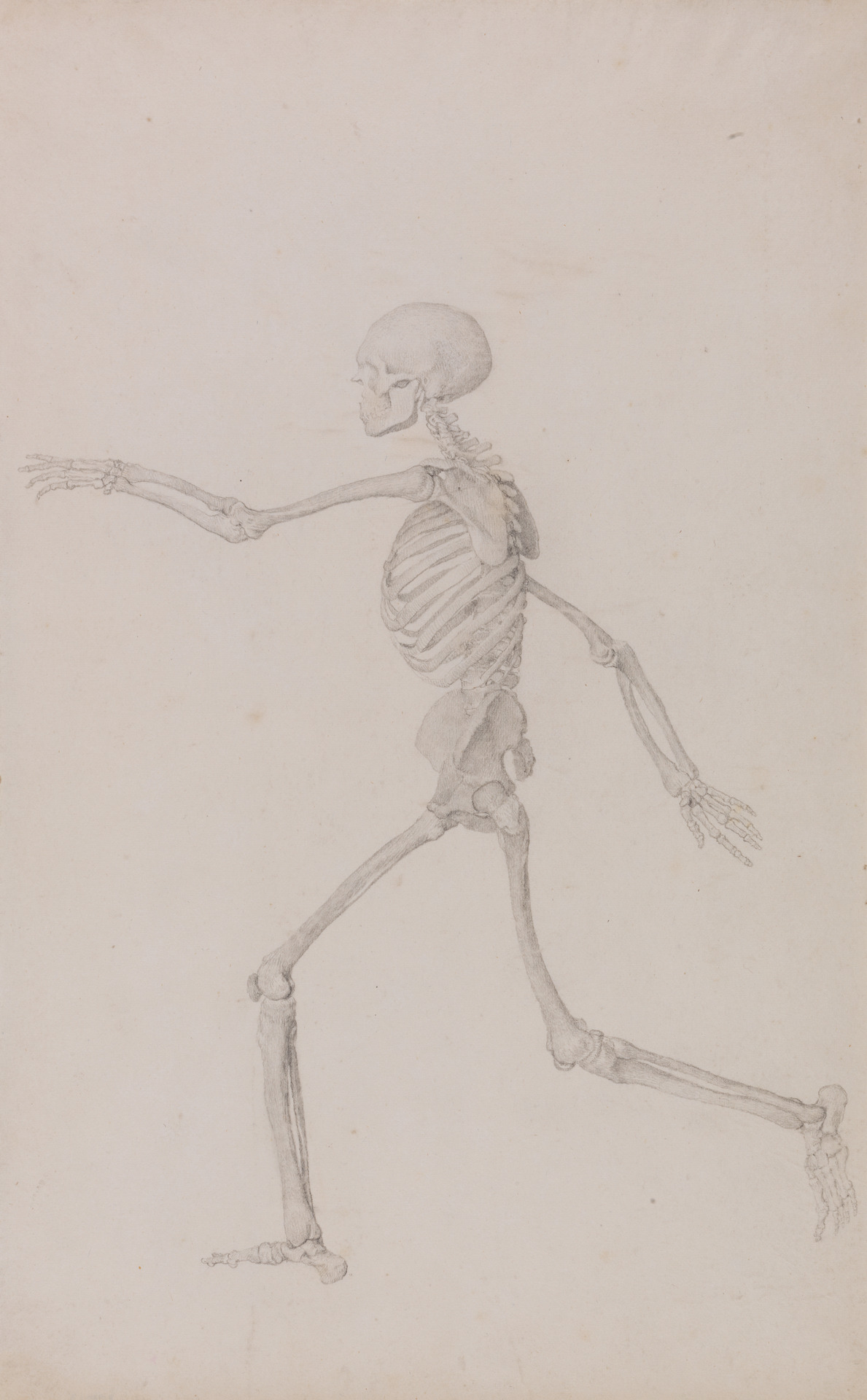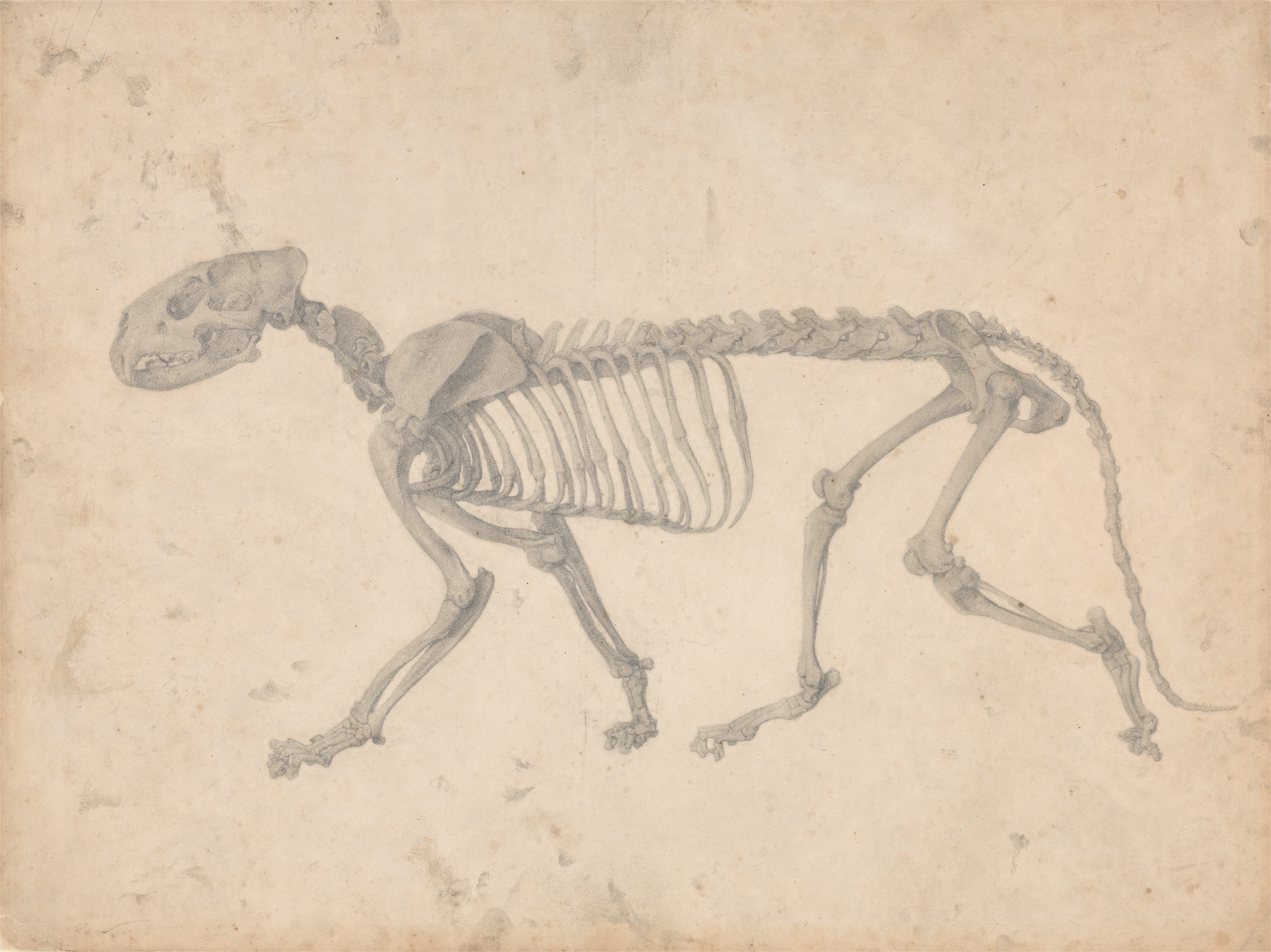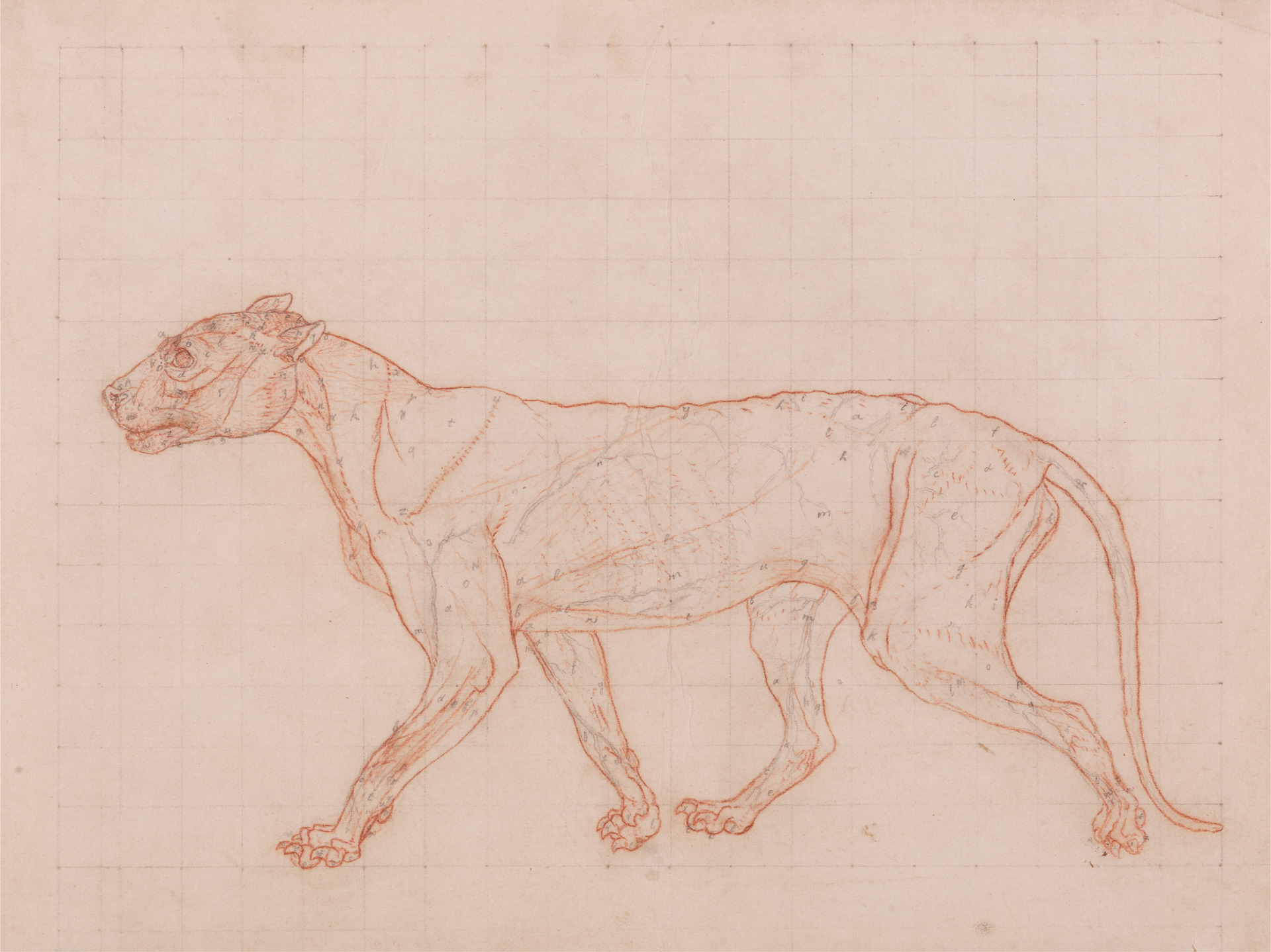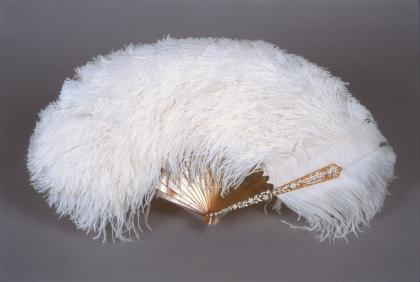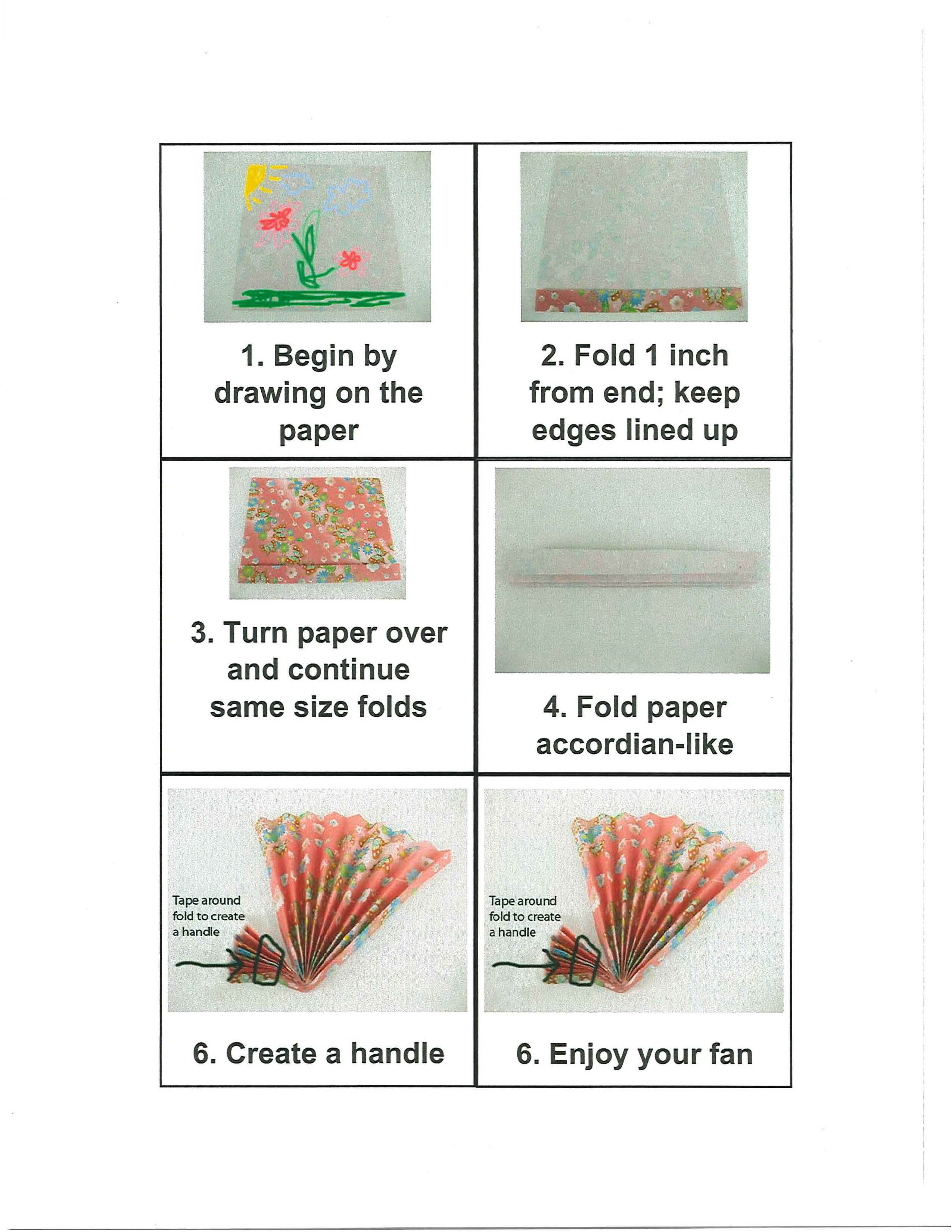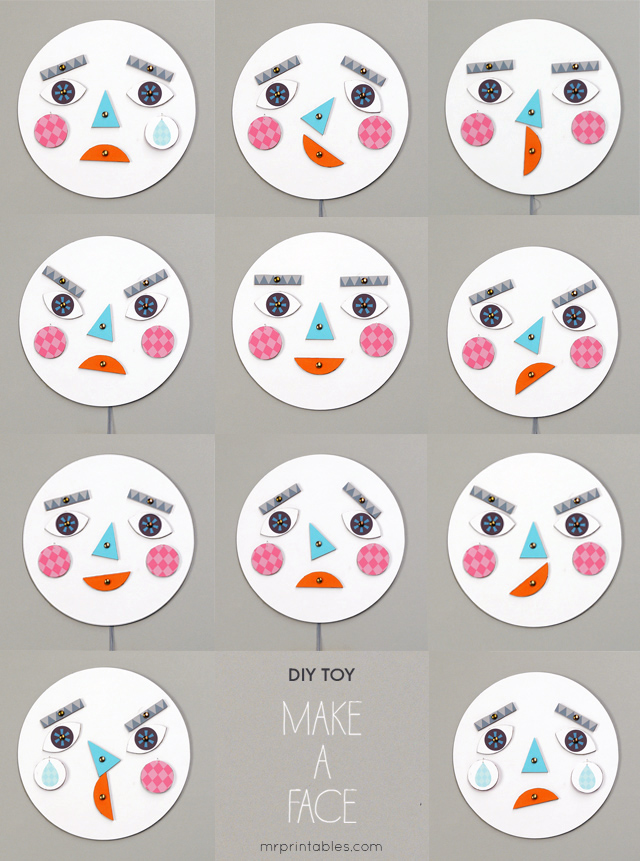Shape and Form in Sculpture
The last lesson plan that was posted dealt with repetition and shape in sculpture. We will continue on the theme of sculpture in thinking about shape and form.
We began an Exploring Artism session last fall by talking about shapes and forms, negative, and positive space. We also used Nancy Elizabeth Wallace and Linda Friedlaender’s book called Look! Look! Look! at Sculpture that helps us think about creating and understanding sculpture.
In the galleries, we took a look at Barbara Hepworth’s sculpture Four Rectangles with Four Oblique Circles, found here. Sitting in front of the sculpture, Linda read an excerpt from her book in which the characters LOOK! at the same sculpture and make observations:
“Two shapes are short and tall,” said Kat.
“It’s bigger than we are!” said Kiki.
“It’s made of slate. It must be very heavy,” said Alexander.
“And I see spaces between the shapes!” said Alexander.
Kat said, “I see spaces in the shapes!”
Kiki said, “I see four smooth, shiny, crescent-moon shapes!”
Exploring Artism participants were asked to offer up their observations as well. We asked questions like: Do you know what type of art this is? Why? What shapes do we see? What forms? How do they look together? Apart? Who decided to put things together? Why do you think the artist made these decisions? Then we looked at positive and negative space: is there positive space or negative space in this sculpture?
Next, participants observed another sculpture by Hepworth titled Biolith, which you can view here. Participants were asked to walk around the sculpture and observe. With this sculpture, we were able to point out that sculpture can be viewed from all sides. Participants were asked: Where is somewhere we can look at it from? What shapes do we see? What forms? How do they look together? Apart? Who decided to put things together? Can you tell what this is made of? What materials did the artist use? Is there positive space? What about negative space? After we were done discussing the sculpture, we left the galleries and began to make our own artworks!
Using soap and a small carving tool (we used plastic knives) we created our own small sculptures. These sheets were helpful in thinking about shape and form with the Hepworth sculptures. Here’s a step by step guide on how we made our soap carvings:

Participants had the opportunity to share their final sculpture with the rest of the class.
Be sure to pre-register (for free) for our November 16th Exploring Artism program from 10:30-noon. Email the YCBA Education Department or call 203.432.2858 and leave a message. We look forward to seeing you and your family there!



